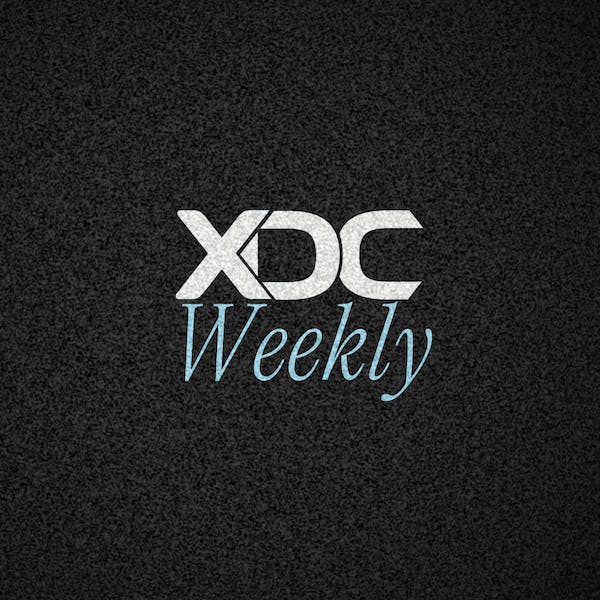Trade finance is an underappreciated asset class underpinning trillions in goods and services traded between nations every year. Blockchain technology is uniquely suited to power the financial rails of cross-border trade, and jurisdictions globally are taking notice. That includes trade, banking, and securities regulators in Europe and the UK, Southeast Asia, and the Middle East.
Without trade financing, the world would literally come to a stop. Estimates are that 80% to 90% of all global trade relies on it — everything from trucked freight crossing the US-Mexico border to container ships criss-crossing the Pacific.
Given trade's importance to national economies, it's no surprise that lawmakers and regulators keep close tabs on how it is financed. Here's where things get tricky. By definition, trade finance involves at least two different countries, with regulatory regimes that are unlikely to gel together in a simple way.
After all, trade finance doesn't just concern trade authorities and customs agencies. Banks often serve as intermediaries in transactions, and resulting loans are often securitized for a broader investment base in one or more of the nations involved. So a single trade finance transaction might theoretically be within the scope of half a dozen regulators and at least as many laws.
Not surprisingly the world of trade finance remains very manual and paper-based.
Recently, however, forward-thinking regulators in places like Singapore, Bahrain, and the UK have begun to see a role for digital-asset technology to cut through trade finance's complexity.
XDC Network is a "Layer 1" blockchain — an alternative to the Ethereum or Bitcoin networks rather than a network built on top of an existing chain — for which facilitating global trade is a core use case, alongside infrastructure financing, cross-border payments, NFTs, and decentralized applications like domain-name registrars.We sat down with André Casterman of the XDC Network to discuss how governments globally are laying the regulatory and legal groundwork for blockchain-powered trade finance.
Blockchain-based Distributed Ledger Technology will cut through complexity and allow trade finance to move more efficiently, and with less cost by eliminating bottlenecks in the traditional process.
Regulatory advances
Casterman has more than two decades experience as an executive at the Belgium-based global payment network, SWIFT.
He joined XDC to manage market development and strategy, and in that role his principal task is to work with global trade and payment organizations, as well as individual countries, to encourage their digitization of trade finance."Without laws that allow for digitization, the shift to digital assets simply will not happen," he says.

